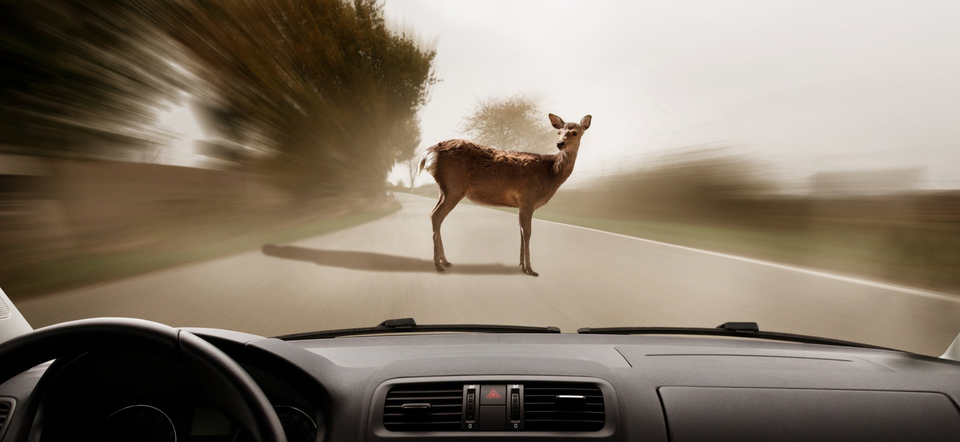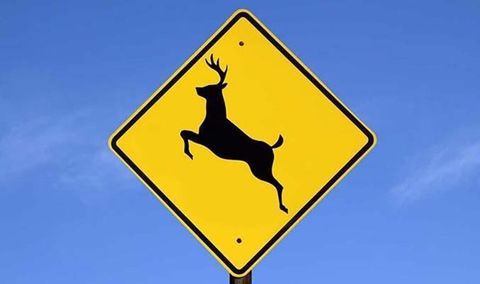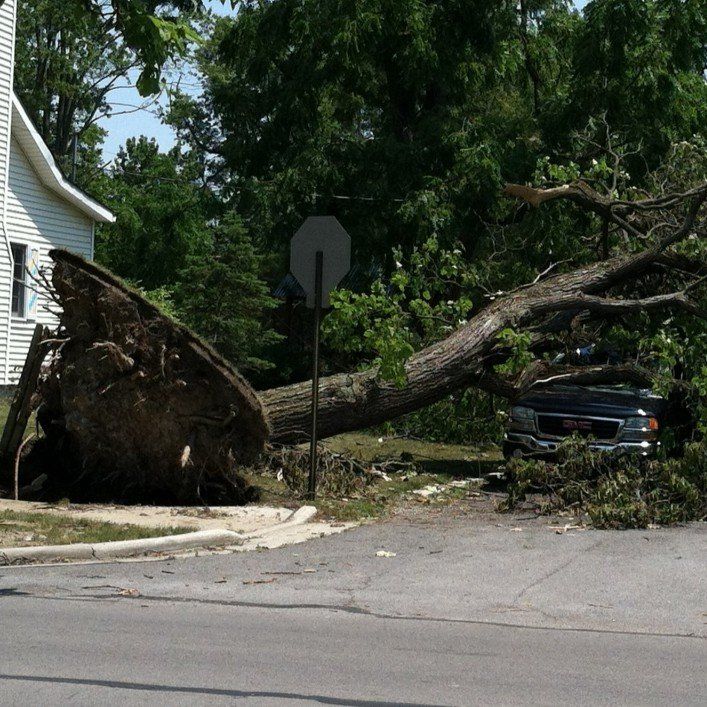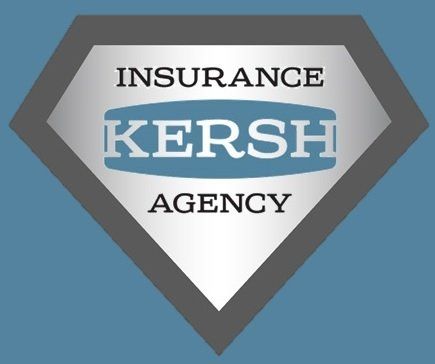Blog Post
Deer Collisions in Northwest Ohio
Tony Schroeder • Dec 11, 2019

If you travel the roads throughout northwest Ohio, chances are you have encountered deer. Whether it's on a sparsely traveled county road or a heavily traveled highway like US 224 or I-75, we must always be on the look-out for deer.
While deer collisions can happen throughout the year, most occur during the months of October through January, which is the mating season (the annual rut). Deer leave their habitats with one thing on their mind and pay little attention to traffic. In fact, American drivers collide with deer nearly 2 million times a year, and these collisions cause an average of nearly $3,900 in damage to vehicles. As bad as those figures are, the injuries and deaths from deer collisions are even worse. Last year, collisions with animals caused the deaths of 3 Ohioans and injured 980 more.
Avoiding Deer Collisions
You can’t completely prevent collisions with deer, but here are a few steps you can take to help avoid them:
Anticipate
The vast majority of deer claims can be avoided if you have enough time to brake. If you’re driving your vehicle at 60 miles per hour, you are covering 88 feet per second, and stopping your vehicle will take 4.5 seconds and require 304 feet of clear road (an entire football field!); reducing your speed to 45 miles per hour reduces the distance you cover each second to 66 feet and requires just 196 feet of clear road. If it’s raining or snowing, these stopping distances nearly double! Deer tend to follow the same paths, so simply driving slower in areas where they cross the road can prevent most collisions. Slow down!
Awareness
Highways often have areas where deer tend to roam marked with signs:
When you see these signs, slow down and look for deer approaching the highway. This is particularly important at dusk, through the night, and at dawn, when the deer are most active and when your ability to see is reduced. Also, pay attention to areas where you see deer carcasses, as there may be live deer nearby.
Watch for the Herd
Deer often roam in groups and when one crosses in front of your car, there are most likely others. Therefore, when you see one deer, be aware that you may encounter many more.
Apply Brakes, Don't Swerve
You are much less likely to be injured if you brake to minimize a collision with a deer versus swerving to avoid it instead. This is counter intuitive: your first reaction when your lane is blocked is to go into the left lane or swerve onto the shoulder. During deer season, remind yourself: Brake, Don’t Swerve!
Most of the deer accident claims I have handled where my clients are injured occurred because they swerved to avoid colliding with a deer, and swerving into an oncoming vehicle can turn a simple collision into a serious liability claim for damages or injuries.
If You Hit a Deer, Here's What to Do
First, if you can do so safely, pull your vehicle off the roadway to avoid being struck by oncoming traffic. Then, call the local police or sheriff so they can make a report and help to arrange for a tow truck if you can't drive your car or truck.
Next, call your auto insurance company, or if you are a Kersh Insurance customer, contact our office to make a report. You can also call the toll-free number on your insurance ID card if the accident occurs after business hours. The auto insurance companies we represent all maintain a 24/7 claims line, so you can reach us day or night. We’ll get an adjuster assigned to your claim immediately, and get your vehicle back on the road as soon as possible.
If you have any questions about deer collisions or any other insurance issue, please contact us by calling 419-523-5000, send a message here from our website, or stop by our office in downtown Ottawa, Ohio.
Taking care of you is our business, and we appreciate your trust and friendship!
Share
Tweet
Share
Mail


